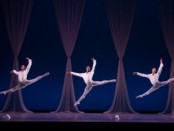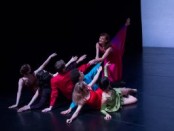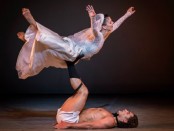A Doll’s House
Like Ivo van Hove’s pared-down revival of Arthur Miller’s "A View from the Bridge," Jamie Lloyd’s new Broadway production of Henrik Ibsen’s 1879 "A Doll’s House" uses no sets or props and all black costumes for the entire cast. Going even further than van Hove, he has the heroine Nora Helmer played by film star Jessica Chastain seated almost for the entire length of this intermission-less three-act play. Using a new version by Amy Herzog recast in spare modern vernacular, this Doll’s House proves to be riveting and intense, even if you know the play very well, focusing our attention on the dialogue, the acting and emotion, rather than the décor and the historical trappings of 19th century Norway as we usually do. [more]














